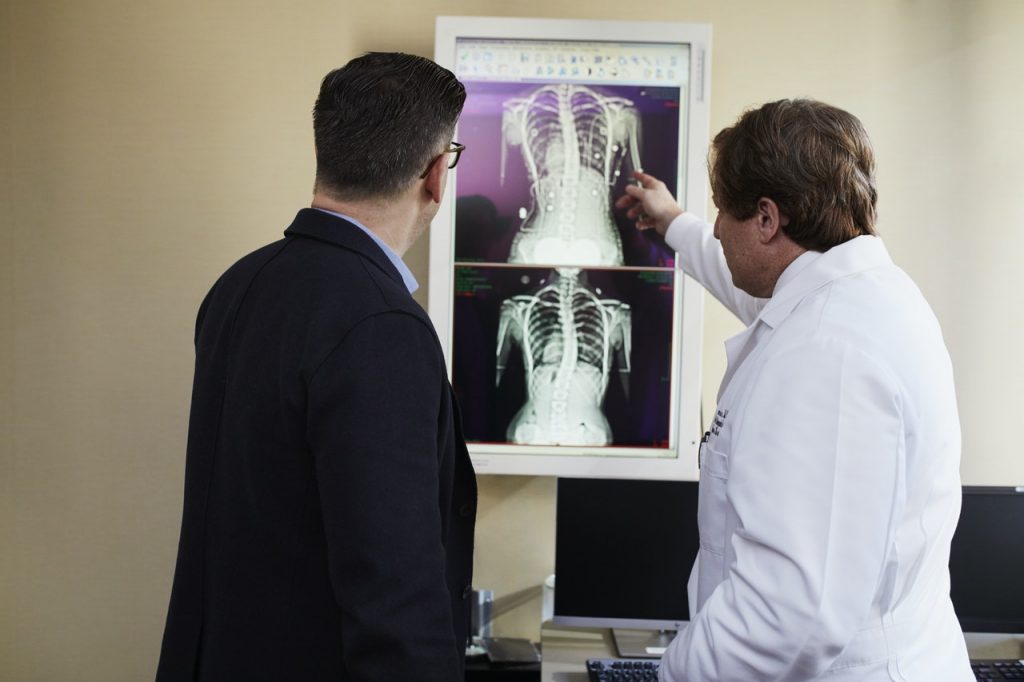At the first sign of something being off health-wise, chances are you’ll react in one of three ways: You’ll shrug it off, you’ll call your family doctor, or you’ll head to the emergency room. The first possibility is fine enough for a case of the sniffles, but if you’re dealing with something more serious, you might be unsure of which healthcare provider is your best option. You don’t want to call your general physician only to have to wait for an appointment while serious symptoms worsen. Conversely, you don’t want to go to the ER for something that can be solved with a simple round of antibiotics.
When to see your doctor


As a general rule of thumb, you’ll want to visit your general practitioner for non-life threatening or ongoing medical issues. If you have a standard cough or cold, a mild fever, flu-like symptoms, mild injury, earache, sore throat, or another relatively mild condition, your doctor should be your first point of contact. Additionally, continuity of care is a major benefit of visiting your primary care physician for your health care needs. They know your medical history better than anyone (besides yourself) and can look at your current concerns from a big-picture standpoint. If you are dealing with a chronic condition, they’re already familiar with how it affects you and what treatments you’ve already tried.
For example, your doctor might administer a treatment plan to care for your asthma symptoms. They may prescribe medications such as beta-agonists or inhaled corticosteroids and will discuss your asthma triggers and symptoms of an asthma attack to provide the most relief. Typically, regular visits to your doctor, paired with your asthma treatment regimen, will help you manage your condition to the point that you hardly need to think about it.
When to go to the ER


When determining where to go for treatment, it’s important to understand how an emergency department functions. While it’s true that the ER will have a greater variety of resources on-hand (and will usually be connected to a hospital), it’s nevertheless important to be sure that your condition needs that level of medical care; you don’t want someone to be treating your cold while they could be helping a patient who’s more seriously injured.
Of course, that doesn’t mean you shouldn’t go to the emergency room at all in fear of wasting resources. If you’re facing a life-threatening situation—or a potentially life-threatening situation—ER staff are here to help. Symptoms such as fainting or dizziness, chest tightness or pain, uncontrollable bleeding, convulsive fever, shortness of breath, head injury, bloody urine or feces, or the sudden loss of speech, vision, or mobility are among a few of the symptoms that indicate you should call an ambulance or head straight to the nearest emergency department for treatment.
Again, consider the example of being an asthma patient. If you are diagnosed with asthma and work with your doctor to manage your condition, you should turn to your rescue inhaler or other medications when an asthma attack strikes. But if your symptoms aren’t responding to rescue medications, you should seek emergency medical attention.
How does your insurance factor in?
In addition to these other considerations, it’s important to consider what your health insurance will cover. Ask yourself, how can your insurance help you? The answer to that question will vary by plan and provider, but it’s one that’s critical to have, especially if you’re worried about out-of-pocket costs. This is an excellent place to be proactive: if you do some research and find that your health insurance has astronomical costs associated with seeing an out-of-network healthcare provider or going to the emergency room, it might be time to switch. Compare health insurance with iSelect to make sure you’re getting the best deal, whether you’re navigating long-term medical conditions, a stomach bug, or an emergency. That way, you can confidently make the right call when determining where to go for treatment.





